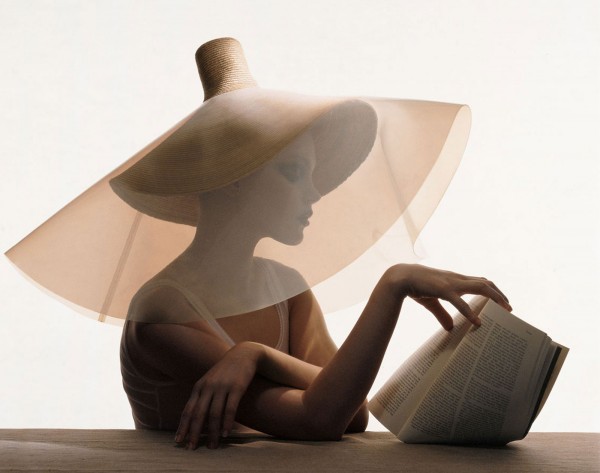Wifredo Óscar de la Concepción Lam y Castilla (Chinese: 林飛龍, December 8, 1902 – September 11, 1982), better known as Wifredo Lam, was a Cuban artist who sought to portray and revive the enduring Afro-Cuban spirit and culture. Inspired by and in contact with some of the most renowned artists of the 20th century, Lam melded his influences and created a unique style, which was ultimately characterized by the prominence of hybrid figures.
Lam pursued a successful artistic career within avant-garde circles on both sides of the Atlantic, and was closely associated with twentieth-century artistic and literary icons such as Pablo Picasso, André Breton, Aimé Césaire, Lucio Fontana and Asger Jorn. His work poetically addresses themes of social injustice, nature and spirituality, and was greeted internationally with both consternation and acclaim.
A witness to twentieth-century political upheaval throughout his long career – including the Spanish Civil War and the evacuation of artists and intellectuals from France with the onset of World War II – Lam defined a new and unique way of painting for a post-colonial world. Lam’s work now brings a historical perspective to contemporary issues.
THE EY EXHIBITION: WIFREDO LAM at Tate Modern celebrates Lam’s life and work and confirms his place at the centre of global modernism.



